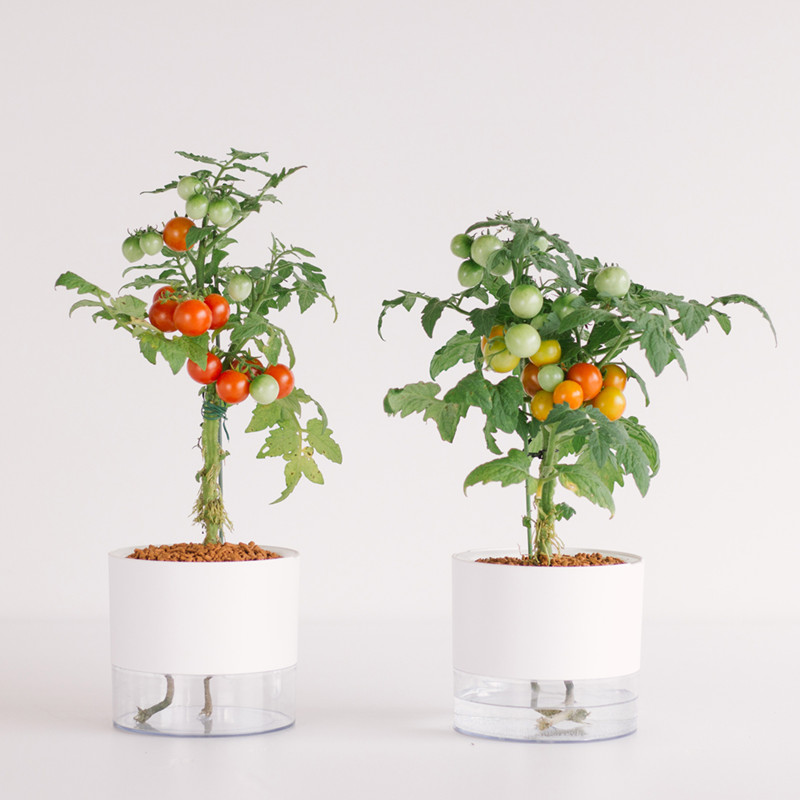Plastic plant pots offer an array of advantages beyond their durability and affordability—chief among them being their potential to promote optimal plant health. Understanding how to harness these benefits can lead to thriving greenery in your garden.
One key advantage of plastic pots is their moisture retention capability. This feature allows for better control over soil moisture levels, preventing both overwatering and underwatering. This controlled environment fosters robust root growth, ensuring plants have access to water without the risk of root rot.
Additionally, plastic pots provide excellent insulation. They shield plant roots from extreme temperature fluctuations, safeguarding them from both freezing cold and scorching heat. This insulation is particularly beneficial for delicate plants that are sensitive to temperature changes.
Choosing the right pot size is equally critical. While plastic pots can be an excellent choice for a wide range of plants, it’s important to avoid pots that are disproportionately large. Oversized pots can lead to excessive moisture retention and inadequate aeration, impacting root health.
Regularly inspecting plastic pots for wear and tear is essential. Cracks, fading, and signs of degradation can compromise the pot’s effectiveness. While plastic pots are durable, they do have a lifespan, and replacing them when necessary ensures the ongoing well-being of your plants.
In conclusion, plastic plant pots are more than just containers; they are tools for cultivating thriving plants. By capitalizing on their moisture retention, insulation, and selecting appropriate sizes, gardeners can create an optimal environment for plant growth, resulting in healthy and vibrant greenery.







